Rosacea/Redness

Medical Dermatology
/
/
/
/
/
/
/
/
/
/
/
/
What is rosacea?
Rosacea is a VERY common skin disorder that is a variant of acne in adults. It only shows up in your 20’s or later, but typically in your 30’s, 40’s and 50’s. It affects men and women, and typically more fair-skinned, white patients. However, we’ve seen it in patients of every ethnicity and race. There are 4 different components of rosacea:
Redness and broken blood vessels
Flushing and blushing
Pimples
Rhinophyma (oil gland growth on the nose).
Everyone with rosacea has redness with or without additional symptoms. You may experience episodic flushing and blushing when redness gets worse at times. It tends to be temporary and associated with a burning, hot or irritated sensation. The pimples that you may get in rosacea are just like those that you get in regular acne, usually without blackheads, whiteheads or deep cysts. The last potential complication of rosacea is a rare lumpy enlargement of the nose, rhinophyma, that must be treated with surgery or laser surgery.
To learn which rosacea treatment may be right for you, schedule an appointment with Steele Dermatology online or give us a call at (770) 464-6000.
What causes rosacea?
We don’t know exactly what causes rosacea, but if you get to a certain age, most likely you’ll get some degree of rosacea. It may not bother you, especially if it’s just a little redness and you don’t have other symptoms. For others, it’s really bothersome either due to the appearance or because of symptoms of burning or irritation.
Highly emotional states, extreme weather conditions (cold, heat, wind, sun), spicy foods, caffeine, alcohol, and exercise can cause flushing and blushing – so it can really interfere with daily activities, and treatment is required.
Where do you get rosacea?
Rosacea, by definition, occurs exclusively on the face. Redness usually appears mostly on the cheeks and chin and may be seen with tiny broken blood vessels in the skin.
Sometimes you may have sun-damaged skin on other areas of the body, like the chest and neck. It may also appear red but doesn’t generally act in the same way as rosacea. If one has redness or flushing everywhere or everywhere on the face then it may be something else.









